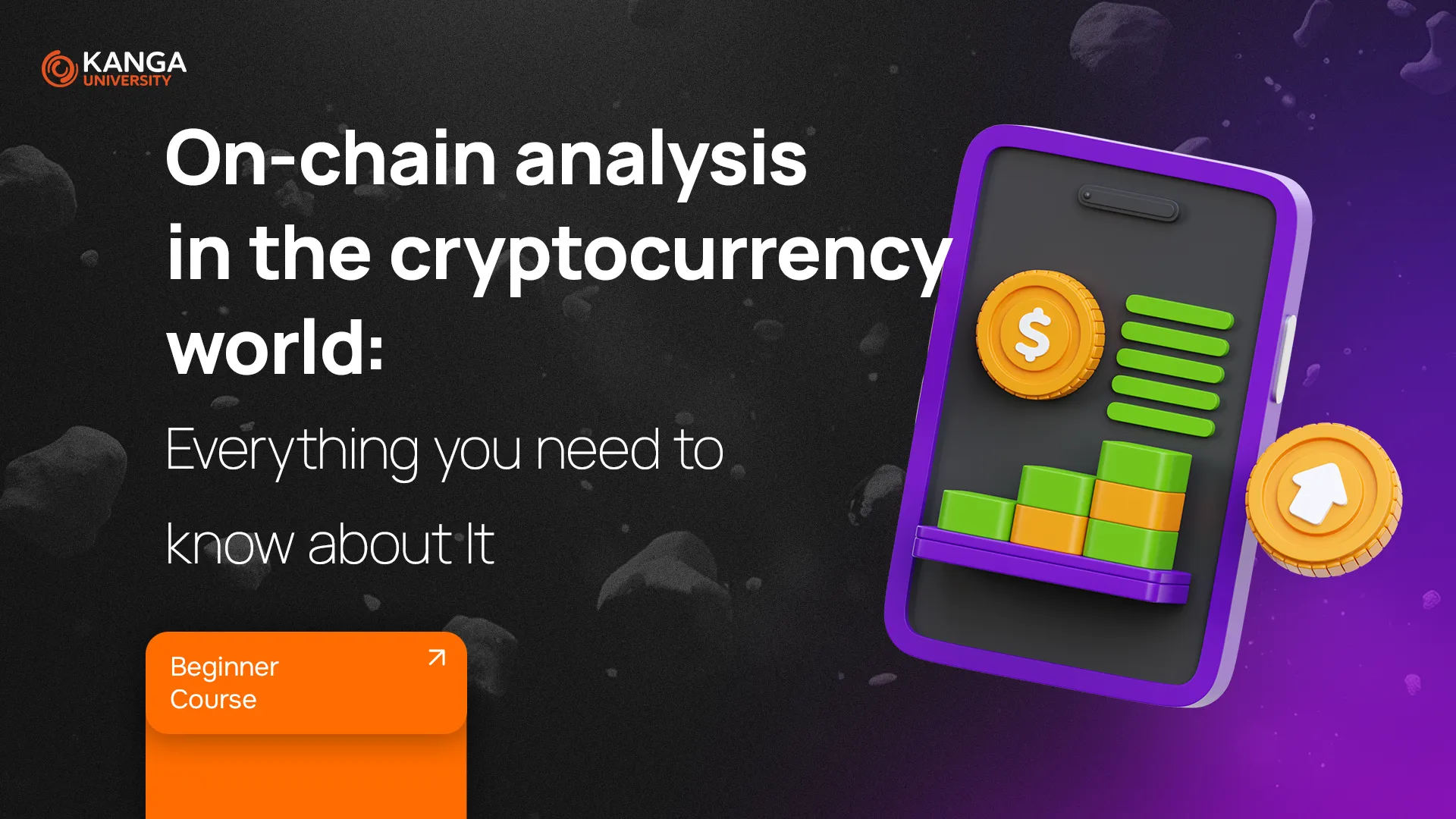Cupid's Hookup Guide
Unlock the secrets to modern dating with our insightful tips and advice.
Decoding the Blockchain: Unraveling On-Chain Transaction Mysteries
Unlock the secrets of blockchain! Discover how on-chain transactions work and why they matter in the digital world. Dive in now!
Exploring On-Chain Transactions: How They Work and Why They Matter
On-chain transactions are integral to the functionality of blockchain networks, serving as the primary means through which data is permanently recorded and validated. Exploring on-chain transactions begins with understanding the ledger system of blockchain technology, where each transaction is bundled into a block and then added to a secure, decentralized ledger. This process ensures that all transactions are transparent and irreversible, thanks to cryptographic hashing and consensus algorithms. Consequently, each participant in the network can verify the authenticity and origin of every entry without the need for intermediaries. This not only enhances security but also builds trust among users.
The significance of on-chain transactions extends beyond just security; they play a crucial role in maintaining the overall integrity of the blockchain. By utilizing smart contracts, these transactions can also automate and streamline processes in various applications, including finance and supply chain management. Furthermore, they enable the creation of decentralized applications (dApps), facilitating a wide array of functionalities without centralized control. As blockchain technology continues to evolve, understanding the mechanics and implications of on-chain transactions will be essential for both developers and users alike, as they revolutionize the way we conduct digital interactions.

Counter-Strike is a popular multiplayer first-person shooter game that pits teams of terrorists against counter-terrorists in a battle for objectives. Players can enhance their gaming experience by utilizing various resources, including promotions such as the bc.game promo code, which can provide bonuses and benefits within the game.
The Anatomy of a Blockchain Transaction: From Creation to Confirmation
The anatomy of a blockchain transaction begins with the creation phase, where a user initiates a transaction by broadcasting it to the network. This transaction includes several crucial elements, such as the sender's and recipient's wallet addresses, the transaction amount, and a digital signature that verifies the transaction's authenticity. Once created, the transaction enters a mempool, which is a pool of unconfirmed transactions awaiting validation. Miners or validators within the blockchain network pick up transactions from the mempool to include in the next block they mine or validate.
Once a transaction is selected by a miner, it undergoes a validation process. This involves checking the transaction against the network's consensus rules, ensuring that the sender has sufficient balance and that the transaction is properly signed. Upon successful validation, the transaction is bundled with others into a new block. This block is then added to the blockchain and becomes part of the immutable ledger. The final step, known as confirmation, occurs as additional blocks are added on top of the newly created block. Each further block solidifies the authenticity and permanence of the transaction, making it nearly impossible to alter.
What Happens Behind the Scenes of On-Chain Transactions?
On-chain transactions refer to the process of executing transactions directly on a blockchain network. When a user initiates an on-chain transaction, it undergoes several crucial steps before it is permanently recorded on the blockchain. First, the transaction is broadcasted to the network, where it enters a pool of pending transactions, commonly referred to as the mempool. Blockchain nodes then validate the transaction, ensuring that the user has sufficient funds, the transaction is properly signed, and it adheres to all network rules. This validation process is critical for maintaining the integrity of the blockchain.
Once validated, miners or validators compete to include the transaction in the next block. Second, they bundle the transaction with other validated transactions and attempt to solve a complex cryptographic puzzle—a process known as proof of work or proof of stake, depending on the blockchain protocol. When a miner successfully adds a new block to the chain, the transaction is considered confirmed. Finally, this confirmed transaction becomes part of the blockchain's immutable ledger, accessible to all users. Understanding these behind-the-scenes processes is vital for anyone interested in the functionality and security of blockchain technology.